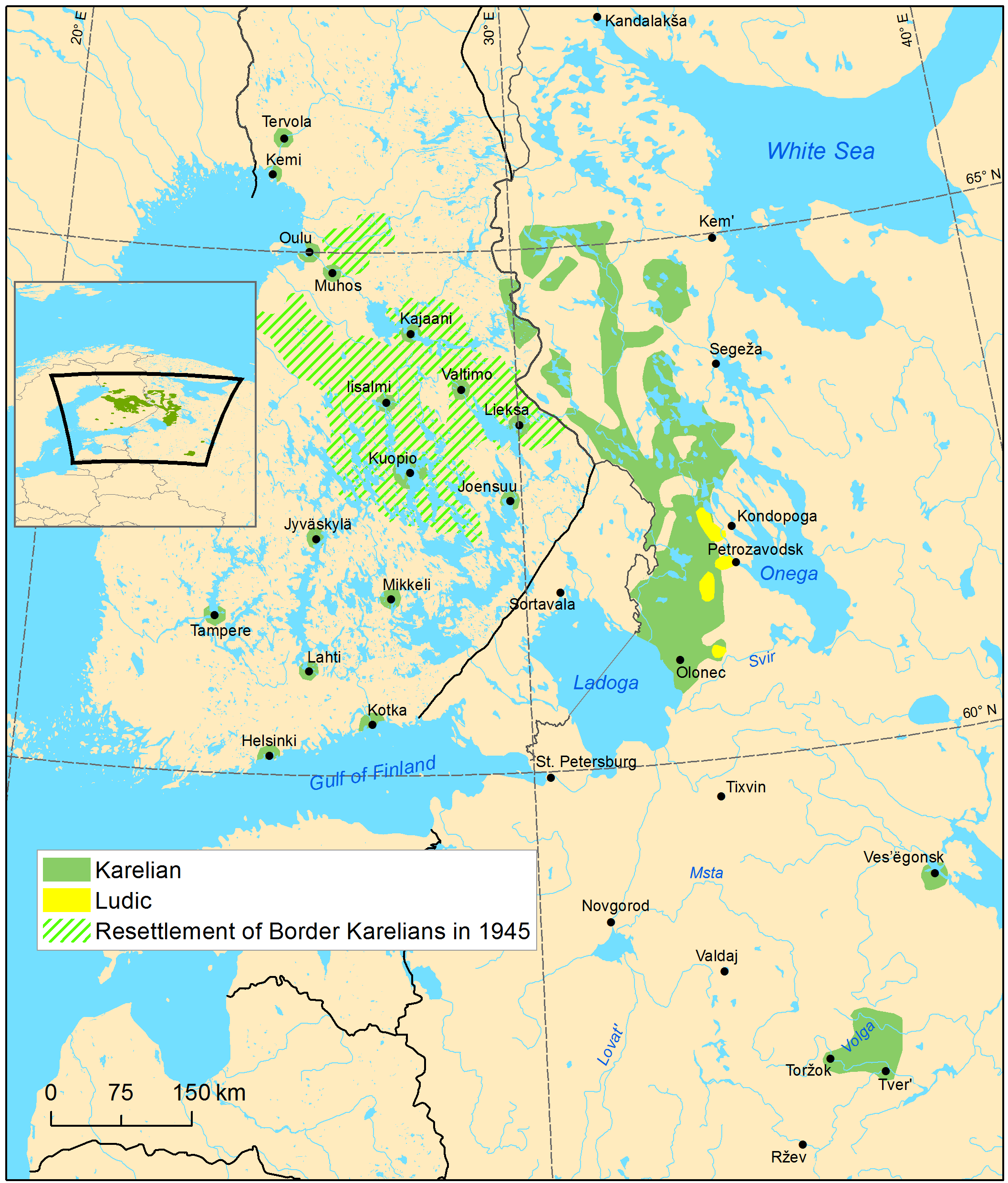|
Rukajärvi
Rukajärvi (Karelian language, Karelian: ''Rugarvi'', Russian language, Russian: Ру́гозеро, ''Rugozero''; ) is a rural municipality and its central village in the Muyezersky District in the Republic of Karelia in Russia. It is located on the eastern shore of Lake Rukajärvi, 84 km northeast of Muyezersky (urban-type settlement), Muyezersky (Mujejärvi).''Karelija: entsiklopedija, tom 3'', p. 35. Petrozavodsk: Petropress, 2011. . The population of the village is 753 and that of the municipality is 909 (as of 2012).Generalnyi plan, p. 17. Geography and population The area of the Rukajärvi municipality is 3990 square kilometres. It is bordered to the northeast by Sosnavitsa in the Belomorsky District, to the east by Mustakoski in the Segezhsky District, to the south by Paatene in the Medvezhyegorsky District, to the south by Mujejärvi and to the northwest by Ledmozero in the Muyzezersky District.Generalnyi plan, p. 5. Most of the area is forest and lakes. The area of the ... [...More Info...] [...Related Items...] OR: [Wikipedia] [Google] [Baidu] |
Karelian Language
Karelian (; ; ; ) is a Finnic language spoken mainly by the Karelians, Karelian people in the Russian Republic of Karelia. Linguistically, Karelian is closely related to the Finnish language, Finnish dialects spoken in eastern Finland, and some Finnish linguists have even classified Karelian as a dialect of Finnish, but nowadays it is widely considered a separate language. Karelian is not to be confused with the South Karelian dialects, Southeastern dialects of Finnish, sometimes referred to as ("Karelian dialects") in Finland. In the Russian 2020–2021 census, around 9,000 people spoke Karelian natively, but around 14,000 said they were able to speak the language. There are around 11,000 speakers of Karelian in Finland, and around 30,000 people in Finland have at least some knowledge of Karelian. The Karelian language is a group of two supradialects. The two supradialects are Karelian Proper language, Karelian Proper (which comprises Northern Karelian dialect, Northern Kareli ... [...More Info...] [...Related Items...] OR: [Wikipedia] [Google] [Baidu] |
